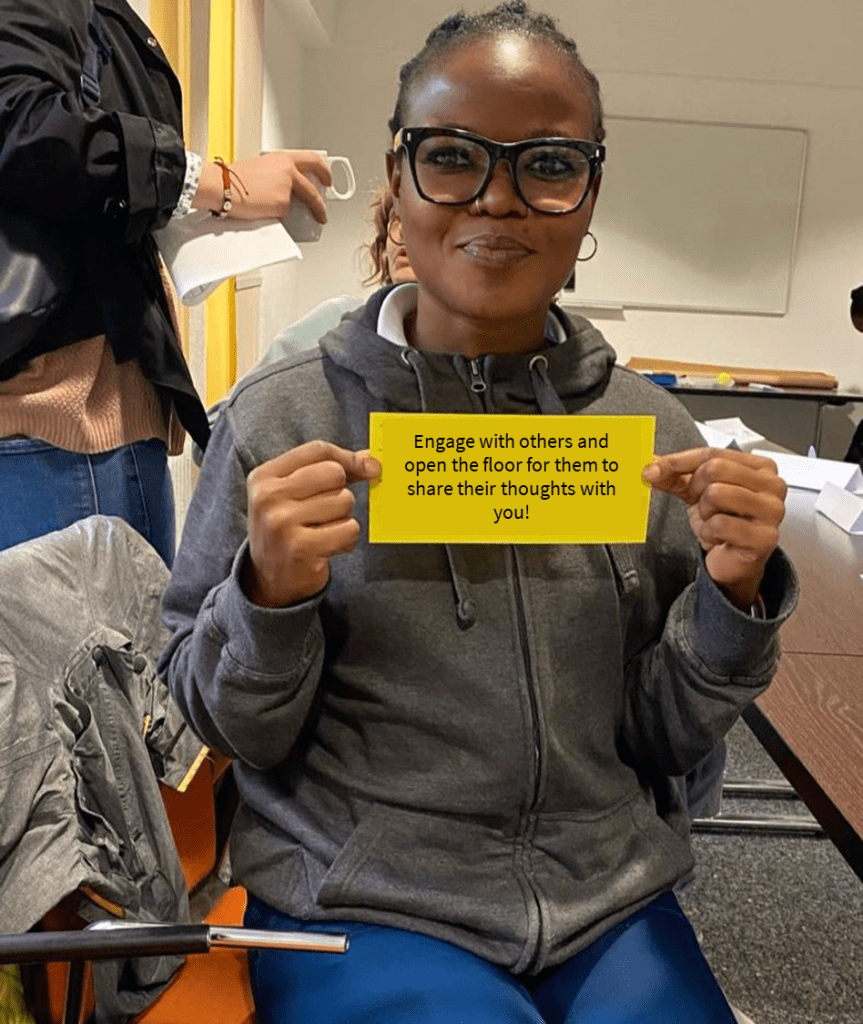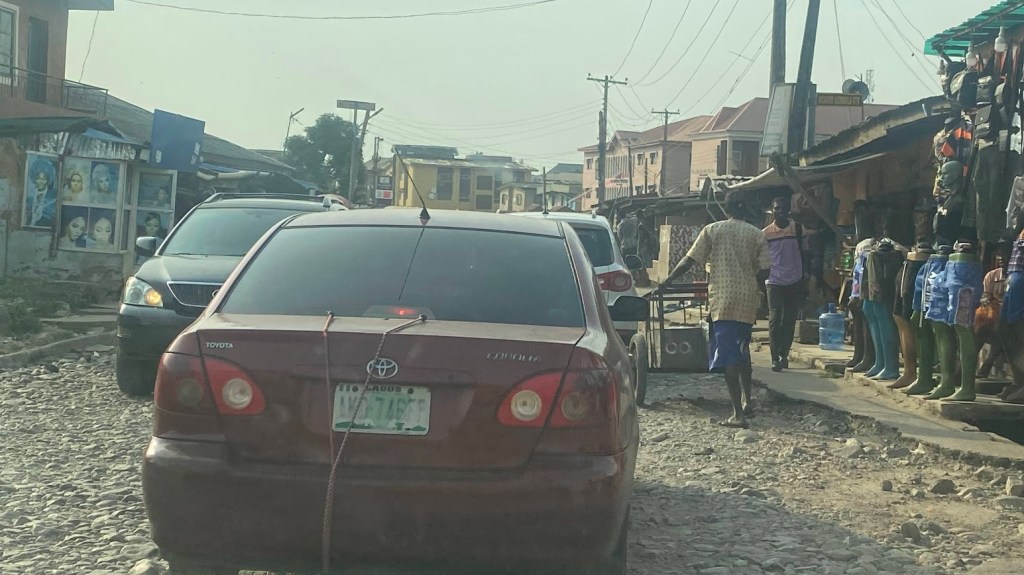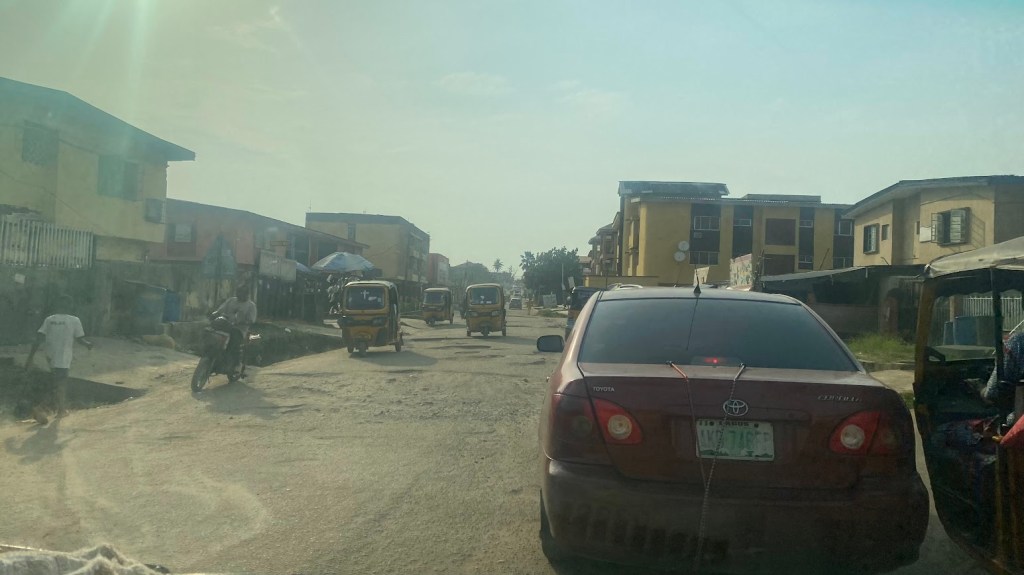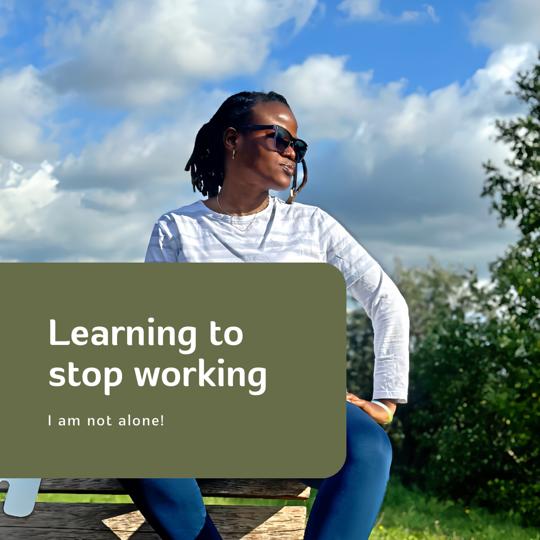Hi Lovelies! It’s been a while, and I genuinely miss you all. I must apologize for my absence. It’s been quite a journey for me, as I’ve recently moved from a beautiful city (Oldenburg in the northwest) to an even lovelier one (Kiel in the north). This move was prompted by a new position I accepted at the GEOMAR Institute in Kiel. I plan to write a blog post comparing both cities, discussing their pros and cons. For now, I firmly believe that both cities have their unique charm. Additionally, I recently graduated from my master’s program in public health in late July. Below, you’ll find me in my graduation gown, posing with my sister, who has always been there for me, and her son, the tallest and most handsome guy in our family.



Let’s focus on today’s blog topic. I was watching a BBC News segment about a Brazilian woman named Kim Torres. In her 20s, she was a model, but she now refers to herself as a kind of messiah for other young women. By “messiah,” I mean that she has taken on the role of a life coach for women in their 20s, and many younger women see her as a role model. She offers life-changing advice and claims to be dedicated to improving their physical and spiritual well-being, as well as helping them discover their life purposes.
But beneath this facade of empowerment, she was manipulating and exploiting women. Reports revealed that she was trafficking them into prostitution, threatening them to remain silent, and instilling fear to maintain control. Many of these women were too terrified to speak out, their lives overshadowed by abuse and coercion. I couldn’t stop wondering: why? Why would anyone allow themselves to be manipulated, controlled, and abused like that? What happens to self-will, personal strength, and resilience? And then it struck me, not everyone has access to the same inner resources. Not everyone is equipped with strong self-efficacy, confidence, or a supportive system. Vulnerability can make people easy targets for manipulation, and abusers often exploit those exact weaknesses.
Now, let me dive into a personal story about how I was almost exploited. I had just finished secondary school when the era of “Yahoo” in Lagos was beginning. At that time, internet cafés were proliferating everywhere, and scams were becoming increasingly common. My mother, with her usual wisdom, said to me, “Adenike, you need to be computer literate.” She knew even then that computer skills would be essential for survival in the future. Back then, computers were rare in my country. Indeed, fewer than 1% of people had one. Even the wealthy often preferred to own fancy cars instead of a desktop computer. It felt almost prophetic that my mother insisted I learn. So, I enrolled at a local cyber café that offered “computer lessons.” In truth, all they really taught was how to type and use Microsoft Word, but I still went every afternoon, dressed neatly, like the young girl I was, eager to learn. The café, however, was always crowded with men, some young, some older, most of them unemployed, simply hanging around. One day, one of them (a man in his early 30s) approached me.
We began chatting casually, and on one particular afternoon, he said something I had never heard in my life. “I see you as a nice and beautiful girl,” he said. “I’d like us to play a game. You undress for me, I’ll take a nude photo of you, and you’ll do the same for me. Don’t worry, I’ll give you some money.” At first, I couldn’t even process his words. Before I could react, he pulled out some cash, as if the money would silence my shock. But instead, I felt anger rising inside me. My whole body froze, and I couldn’t say a word. I walked out of his presence, my mind racing. At home, I remained quiet. I couldn’t tell my mother, or even my sisters. The thoughts swirled in my head all night, and the more I replayed it, the angrier I became. The next day, I gathered my courage and reported him to the café owner. After that, I never saw him again.
Looking back now, I realize how close I came to being exploited. At that age, I didn’t yet fully understand how dangerous that situation could have been. What if I had been too shy to walk away? What if the money had tempted me? What if I hadn’t found the courage to report him? That experience taught me two powerful lessons:
- Exploitation often comes disguised as kindness or opportunity. People rarely present themselves as predators; instead, they frequently disguise their intentions behind gifts, money, or sweet words. Recognizing that disguise is the first step to protecting yourself.
- Courage doesn’t always roar—it sometimes whispers. In that moment, my courage wasn’t in fighting or shouting; it was in walking away, in refusing to comply, and later in quietly reporting him.
Many young women, as well as men, often lack the confidence, awareness, or support system necessary to do the same. And that’s why so many fall into the traps of people like Kim Torres or predators closer to home. Vulnerability can make us easy targets, and abusers know precisely how to exploit that. My hope in sharing this is not only to shed light on my own close call, but also to remind you, my dear readers, that your self-worth can never be measured in money, gifts, or promises. No matter what anyone offers, your dignity and safety are priceless. So, if you ever find yourself in a situation where someone is trying to manipulate or control you, walk away, seek help, and speak out when you can. Silence only gives predators more power, but courage, even in small doses, can change everything.






















